Project Theme
Childhood is the most vibrant stage of growth and cognition in life, filled with innocent thinking and boundless imagination. Our product aims to provide children with a unique entertainment experience through inflatable toys that shape dynamically changing forest animal figures.
We utilize thermoplastic inflatable materials and carefully crafted storytelling to guide children into microcosmic forest scenes, allowing them to freely explore the varied morphological features of animals through the innovative form of inflation. Additionally, we have incorporated sound, light, and electronic modules to mimic the sounds of different animals, enabling children to engage in a comprehensive experience of perception, interaction, and creation.
By designing interactive activities from the perspective of children’s cognition, our goal is to cultivate their imagination, thinking abilities, and innovative skills, among other personal strengths. We believe that this multidimensional experience will stimulate children’s creativity, enhance their problem-solving capabilities, and foster their personal growth.
Our product is not just a children’s toy; it is a tool that ignites children’s imaginations and helps them develop their unique personalities and talents through interaction and creativity. We are dedicated to providing children with enjoyable and meaningful experiences, adding excitement and inspiration to their journey of growth.
Design Background
17 GOALS TO TRANSFORM OUR WORLD
The 2030 Agenda for Sustainable Development, adopted by all United Nations Member States in 2015, provides a shared blueprint for peace and prosperity for people and the planet, now and into the future. At its heart are the 17 Sustainable Development Goals (SDGs), which are an urgent call for action by all countries - developed and developing - in a global partnership. They recognize that ending poverty and other deprivations must go hand-in-hand with strategies that improve health and education, reduce inequality, and spur economic growth – all while tackling climate change and working to preserve our oceans and forests.

Education is the key that will allow many other Sustainable Development Goals (SDGs) to be achieved. When people are able to get quality education they can break from the cycle of poverty.
Goal 15 is about conserving life on land. It is to protect and restore terrestrial ecosystems, sustainably manage forests, combat desertification, and halt and reverse land degradation and stop biodiversity loss.

After incorporating this design objective, we utilized the PEST interview method to conduct more detailed research from several aspects: politics, economy, society, and technology.
Politics: With the adjustment of the national policy on second and third child birth, as well as the emergence of a new generation of young parents, the children’s toy market will encounter new opportunities and challenges. More and more children and parents prefer interactive toys on the basis of traditional toys. Interactive toys provide users with a superior experience in terms of interaction methods and user experience. With the development of technology and the exploration of new materials, heat-sealable inflatable deformable materials have also been promoted and applied in various industries in recent years. Therefore, this project will propose a solution that combines pneumatic deformable materials with children’s cognitive education, taking into account the developmental characteristics and needs of children aged 6-10. This solution aims to not only enhance children’s entertainment experience and increase their interest in learning but also bring new opportunities to the development of children’s toys, aligning with future trends.
Economy: In terms of economic development, there are various reasons for children’s demand for knowledge in aerodynamics and animal locomotion. The first reason is Employment Opportunities: There is a growing demand for employment opportunities in fields related to animals and climate. As society’s attention to environmental issues increases, the demand in related industries also rises. Additionally, the rise of the green economy, which is based on sustainable development, includes areas such as renewable energy, ecotourism, and sustainable agriculture. With the development of the green economy, the demand for knowledge in animals and climate also increases. Understanding animal and plant conservation, ecosystem management, and the impact of climate change on the economy can help children find more opportunities in the green economy. The other is that increasing Education and Awareness: As the economy develops, people’s education and awareness also improve. The educational and awareness-raising efforts regarding environmental and climate issues in society have also contributed to children’s demand for learning about animals and climate. Schools and educational institutions are increasingly focusing on environmental education, providing relevant courses and activities to cultivate children’s environmental awareness and sense of responsibility. Moreover, there is a growing societal concern for climate change and biodiversity conservation, which further stimulates children’s demand for learning related knowledge.
Overall, the increasing employment opportunities, the rise of the green economy, enhanced education and awareness, and growing societal concern for climate change and biodiversity conservation are the key factors driving children’s demand for learning about aerodynamics and animal locomotion in the context of economic development.
Society: In the societal aspect, there are two main factors. Firstly, the strengthening of environmental awareness: Contemporary society is increasingly concerned about environmental issues, and people are becoming more aware of the importance of protecting animals and addressing climate change. This heightened environmental awareness creates a demand for learning related knowledge in society, and children are positively influenced by their families, schools, and communities, encouraging them to learn about animals and climate. Secondly, the importance of biodiversity conservation with the development of society: People are gradually realizing the significance of biodiversity for ecological balance and human well-being. Understanding animal species, their ecological roles, and how to protect and restore biodiversity has become a necessary social need. Children’s learning of animal knowledge can foster their respect for and awareness of protecting the natural world.
Technology: In the field of technology, technological innovation provides scientific visualization tools such as simulation software, data visualization, and virtual reality, making abstract concepts more visual and interactive. Children can observe and explore animal behavior and climate change through these tools, gaining a deeper understanding of related knowledge. With the continuous advancement of technological innovation, including areas such as artificial intelligence, biotechnology, and sustainable energy, the demand for knowledge in animals and climate is also increasing. Acquiring knowledge about animal behavior, ecosystems, and climate change can provide a foundation and inspiration for children to participate in future technological innovations. However, during childhood, obtaining basic technological knowledge is more engaging when followed by hands-on activities. Additionally, appropriate technological challenges and inspirations can help children learn certain technical knowledge.
Market and User research
Market demand survey and analysis
China is currently the world’s largest toy manufacturing and exporting country. According to data from 2021, China’s toy production reached 7.4582 million metric tons, with a year-on-year growth of 10.97%. China has a long history of toy production, and with the advent of the internet era, the market for traditional toys has slightly declined, giving rise to the emergence of smart interactive toys. Interactive toys have more advantages in terms of interactivity and user experience, and they also have a stronger appeal to children.
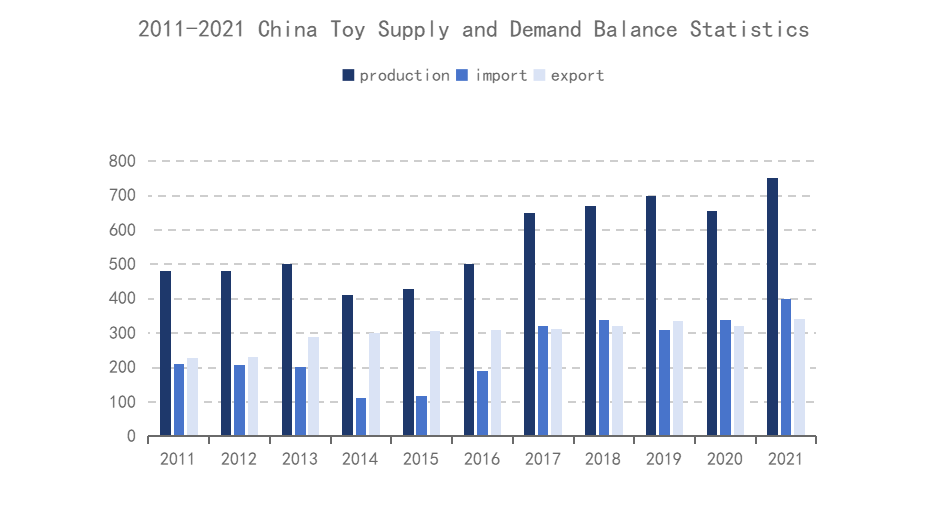
In the current market, the situation regarding aerodynamic toys is as follows:
Competitive Analysis Chart:
| Competitor | Features | Price Range | Target Age Group | Market Share |
|---|---|---|---|---|
| Product A | Utilizes aerodynamic principles for inflation and transformation, innovative design | ¥50-¥100 | 6-8 years | 30% |
| Product B | Integrates electronic components and aerodynamic technology, with sound and light effects for enhanced interactive experience | ¥80-¥150 | 8-10 years | 25% |
| Product C | Combines virtual reality technology to provide immersive gaming experience, high-tech appeal | ¥150-¥200 | 10-12 years | 20% |
| Product D | Emphasizes multifunctionality and programmability, enabling different actions and performances through coding and control | ¥100-¥200 | 8-12 years | 15% |
| Product E | Manufactured using eco-friendly materials, focuses on sustainability and educational aspects, promotes environmental awareness |
User Needs Analysis
User demand for toys
Research has shown that children have a natural inclination for play, and toys serve as a medium for young children to explore and unleash their nature, allowing them to freely explore the cognitive world. In recent years, parents have shown a preference for smart interactive toys that cultivate children’s innovation, insight, and conceptual abilities. The “2020 China Children and Mother APP User Insight Report” indicates that 75% of parents of children aged 6-10 choose interactive toys, with drawing accounting for 21%, music enlightenment accounting for 17%, experiential games accounting for 31%, role-playing accounting for 20%, and reading accounting for 11%. These data confirm that interactive children’s toys are mainstream consumer products for both children and parents.

Children’s Biodiversity Perception Survey
There is a questionnaire on children’s diversity was conducted and children were asked about their recognition of biological species.Most children know very few about animal species and do not know their habits.

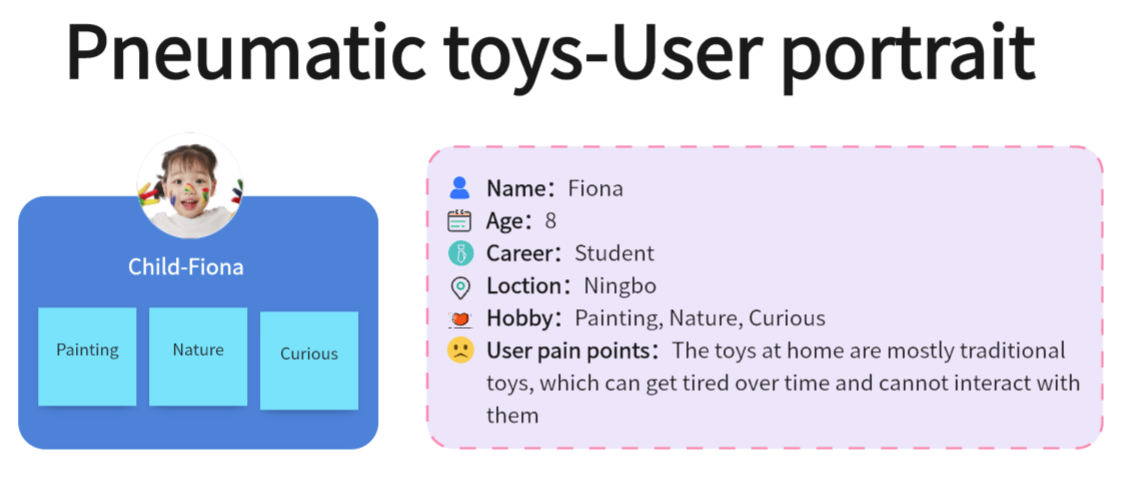
Summary of requirements
Based on the survey, we obtained the following user requirements.
From the user demographic perspective: The main user group is children aged 6-10.
From the perspective of functional requirements: The toy needs to provide smart interactive experiences and cognitive education.
From the perspective of scene requirements: The toy should be suitable for independent and rapid interactive scenarios.
In terms of form and technology: Arduino can be utilized to supplement the technology for scenes and aerodynamic animals, ensuring interactive fun and visual presentation.
Source:
Parents_Perceptions_of_Biodiversity
Scene and Arduino(展示效果,后续会删除该部分)
Scene
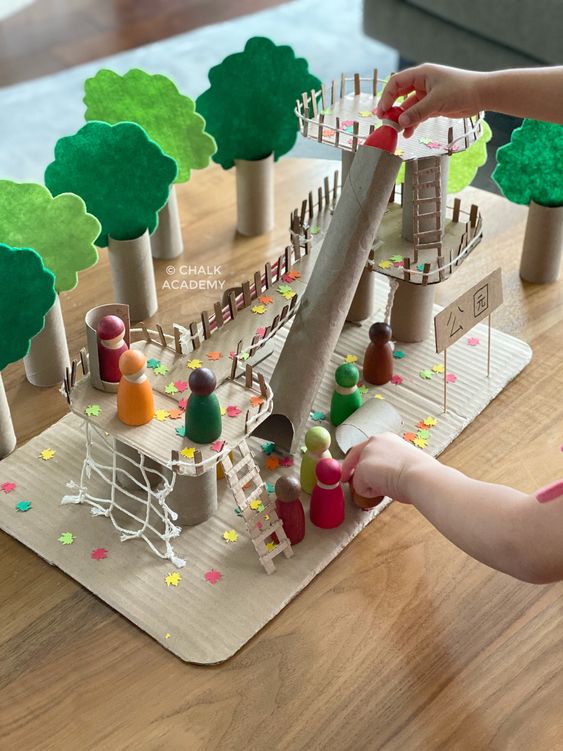
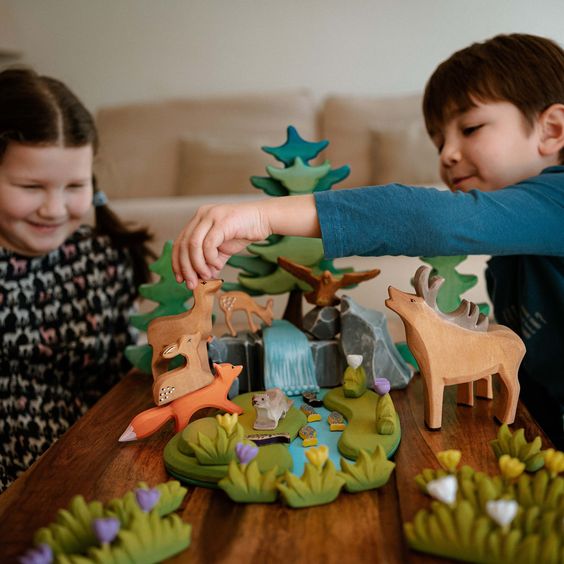
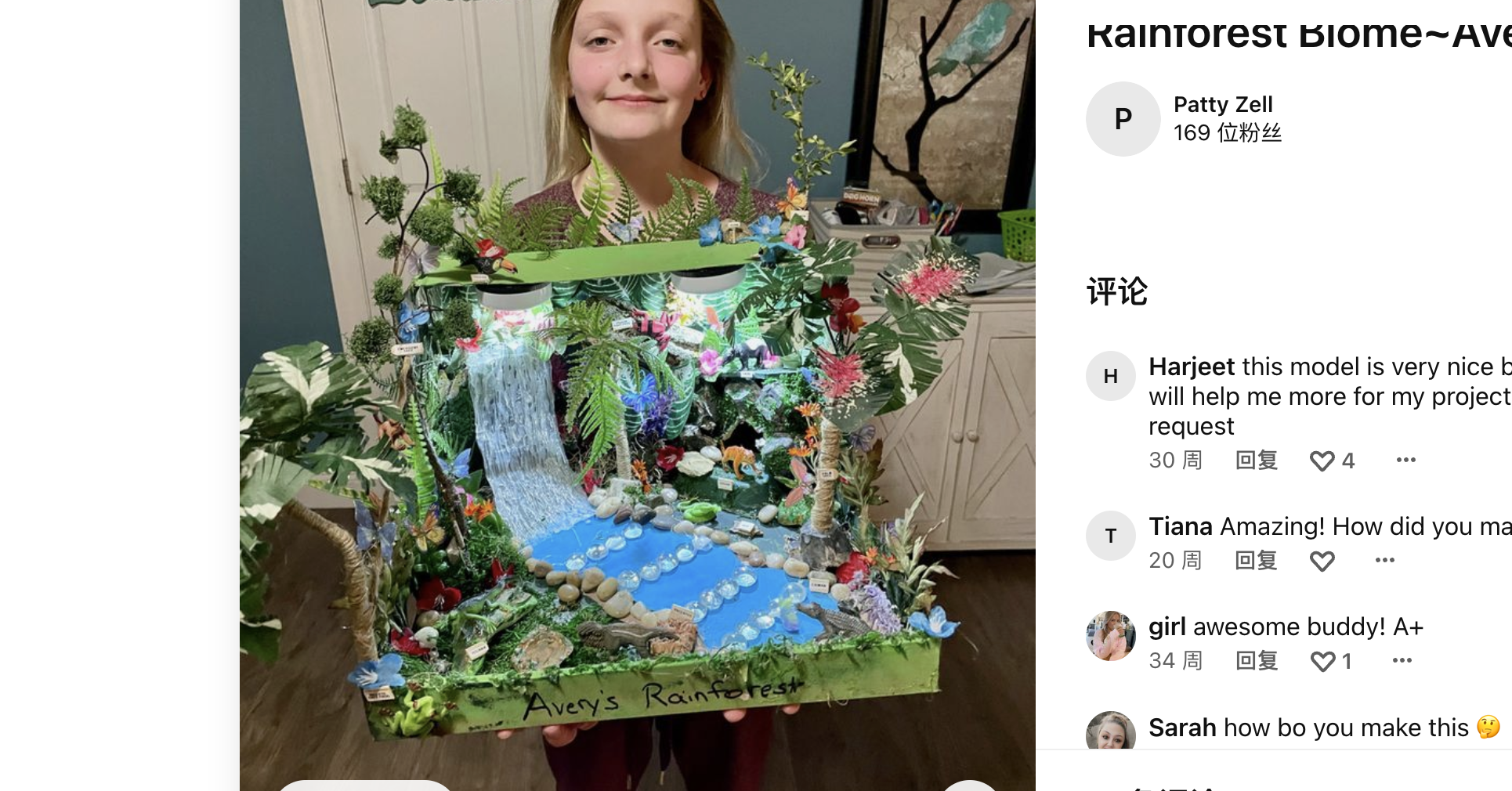
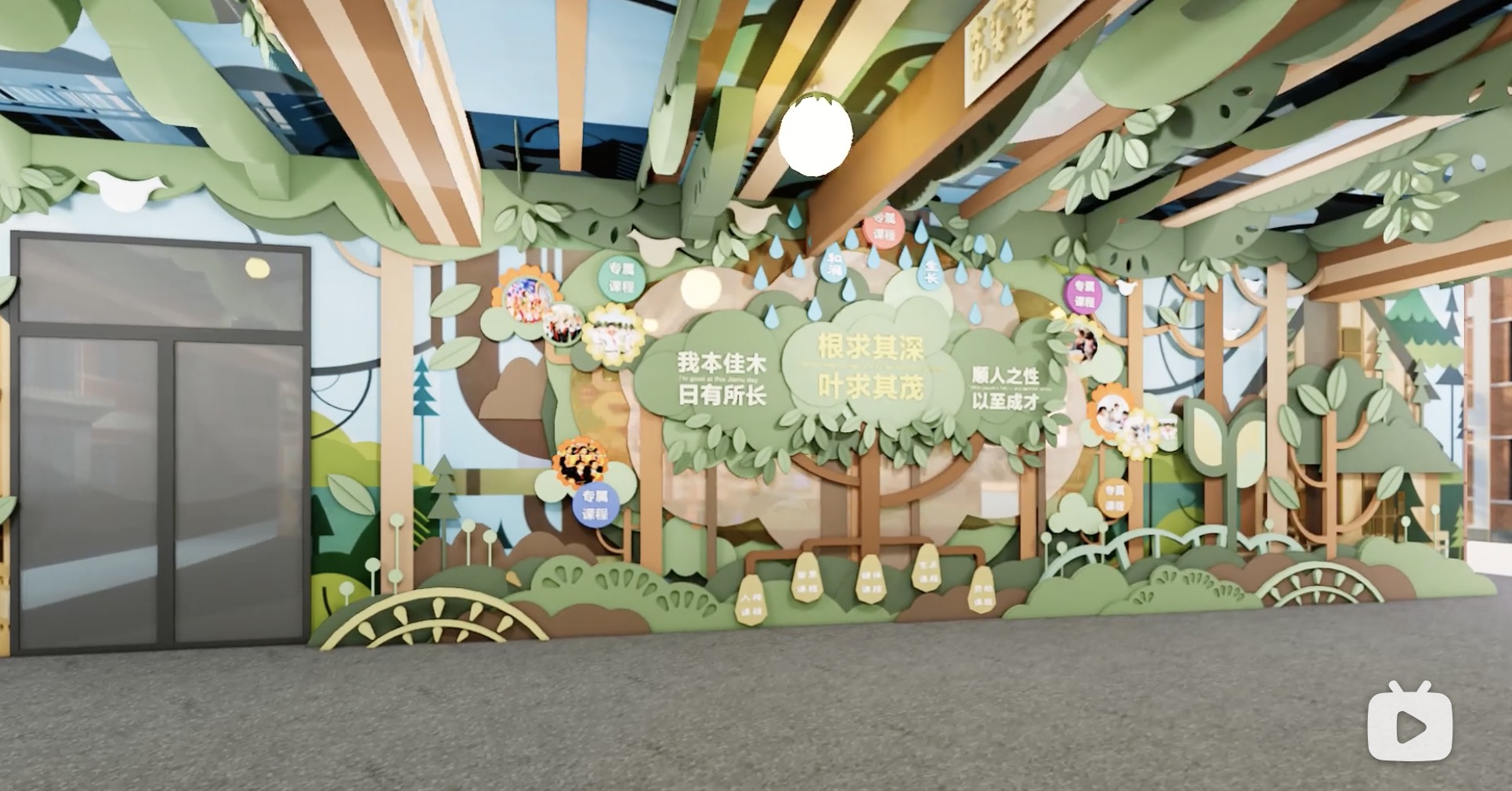
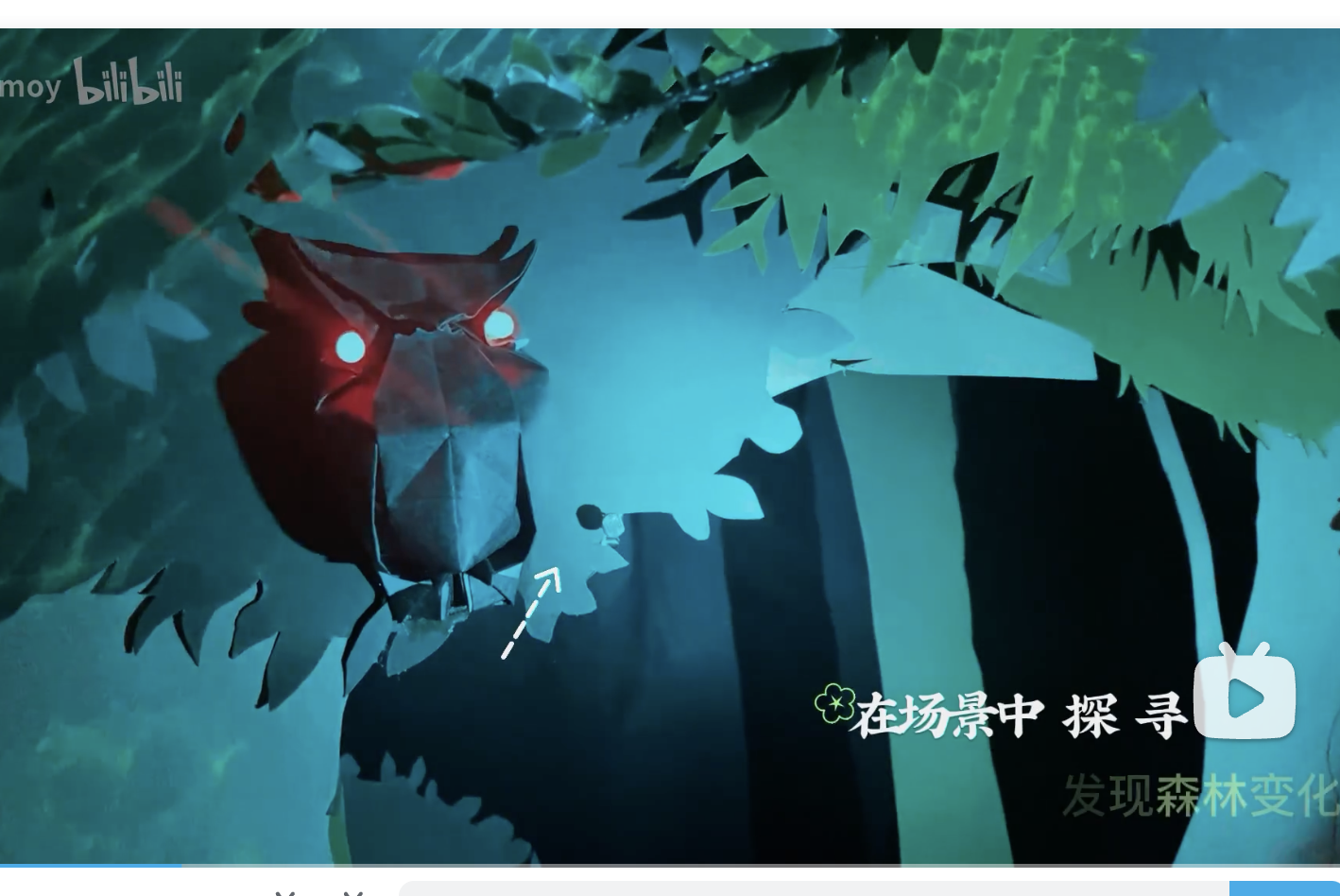
Arduino
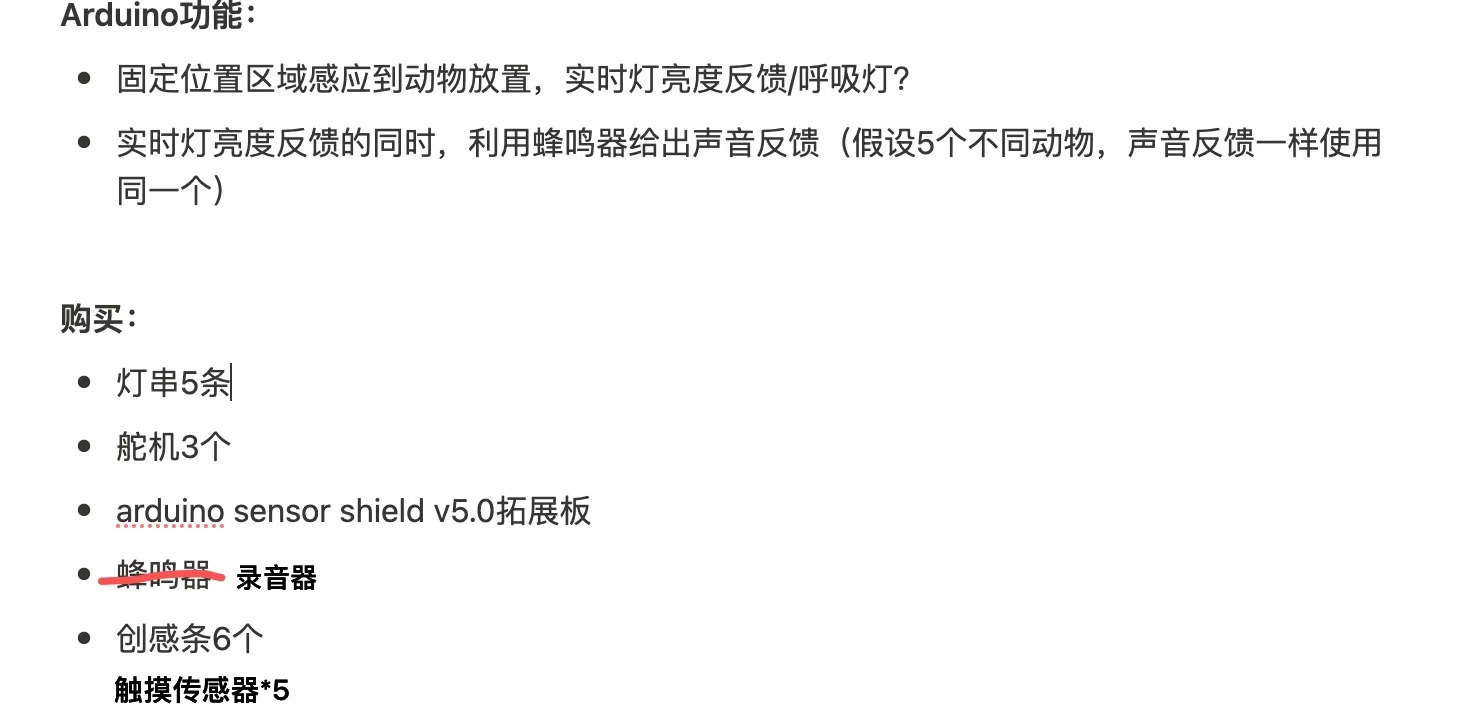
Demo of inflatables
A butterfly